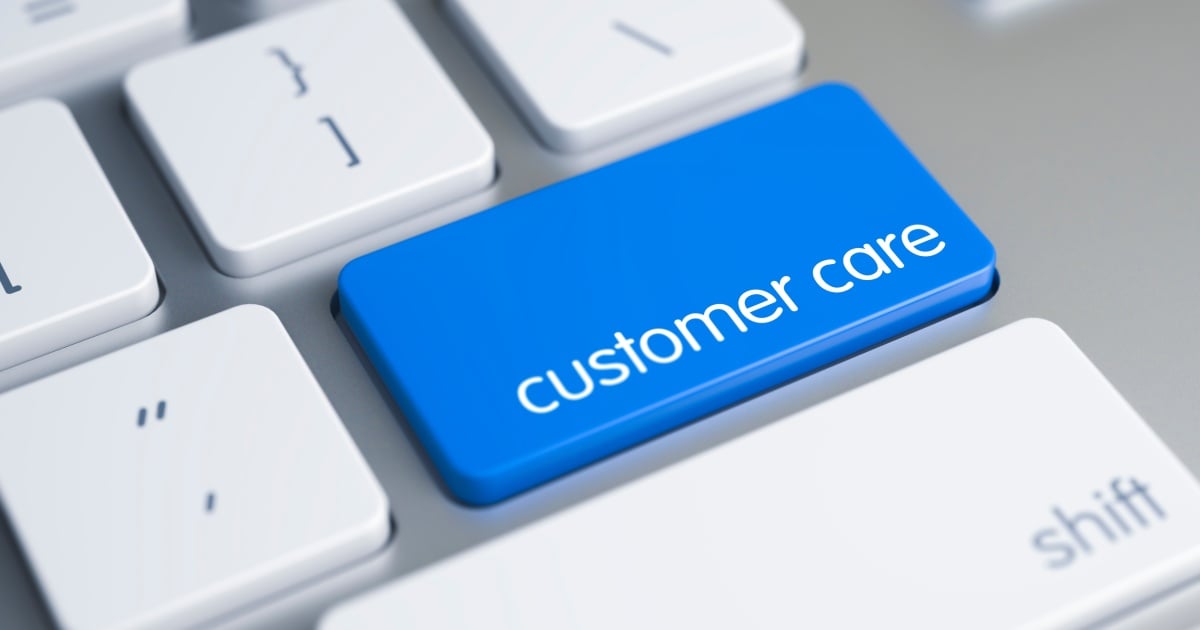Now more than ever, consumers are seeking goods and services via the internet, and that means home delivery is now an expected, convenient standard. But, there’s more to this than creating a web platform and placing a few products in a van. Based on my experience with the retail organization Halfords, it’s time for traditional retailers to integrate dynamic pricing methods that overlay dynamic booking systems – if they wish to remain competitive in terms of customer convenience and profitability.
Most retail and service providers do already offer some sort of dynamic online booking system to balance business availability with the accessibility of resources, parts and more, but many are yet to realize the advantages of integrating an advanced dynamic pricing system as part of the process. With consumers leading increasingly busy lives, convenience has become a key part of the consumer’s buying arsenal and it’s important to balance this correctly with business margins when specifying delivery and installation slots. Here, dynamic pricing takes centre stage.
Pricing adjustments to suit both the current and future needs of the retail market
Put simply, a dynamic pricing system is the automated pricing of appointment time slots, based on how much a consumer is willing to pay at a specific time for a service, with a price generated based upon pre-set business rules. Fundamentally the goal is to influence the time slot the customer picks – consumers looking to book services may be willing to pay more or less for a time slot, depending on convenience. But the convenience works both ways – businesses can charge booking slots depending on how far away their vans/technicians are, the tools/products available and the time of day.
Dynamic pricing is set to become one of the core capabilities that will put businesses ahead of the rest in the retail landscape of the future. The reason being is that it offers convenience – something consumers are willing to pay for, but can often be costly to facilitate for retail organizations. The difference with dynamic pricing is that it allows organizations to balance both convenience and profitability – they can offer increased convenience while offsetting the costs through dynamically priced booking slots. It gives consumers choice, and if it saves them time and effort, they’re willing to pay for it , think Amazon Prime or Shipt and the associated subscription costs.
Doing more with less in the wake of industry pressures
Home delivery and service retailers face another major challenge – labor shortages and the follow-on effects of the global pandemic. Here again, dynamic pricing has the answer. From reduced workforces to driver shortages, mobile service software and dynamic pricing can help organizations look to innovative ways to combat these impeding factors from both a resource utilization and profitability perspective. Organizations should look to do more, with who and what they have, instead of fronting the operational costs of buying more vans or employing extra staff. It’s what we call becoming more efficient!
Dynamic pricing alongside other mobile functionalities can deliver more, with the same resources. From a business perspective, it’s all about maximizing utilization and this in turn will increase efficiency and generate additional revenue. For the retail industry, booking slots can be priced according to van distance and availability, and it will enable for better management of where technicians are sent and at what time. This is done through route density, which relies on dynamic scheduling – a tool that ensures drivers or technicians are sent on the most efficient and cost-effective route. Its focus is to optimize every van within the fleet, supplying the resources to technicians that will allow them to reach the maximum number of jobs possible throughout their day. Take a customer looking to book a service for tomorrow in their town or city on a website, as an example. The organization can see that the hub surrounding the location, is only half full for that day and there is a host of technicians available to attend the job. But it needs to be slotted in around the appointments that are already booked in for that day. Here, the business will want to motivate the customer to choose an all-day slot – allowing the organization to drop the booking into the schedule when the technician is nearest to them, maximizing the jobs per route and the routes overall profitability rather than meeting a specific deadline when the technician isn’t so close. So, the customer may see that 8-10 am is available for an additional $10 charge (on top of service), 8-noon is $8 but 8-5 pm is free of charge. At the end of the day the organization will offer the booking slots to meet the customer’s specific requests to deliver their services, charging for the least efficient slots keeps the routes overall profitability targets.
Giving customers and employees a window on the world
By no means is dynamic pricing a replacement for other systems, but rather a means of further optimizing what organizations already have. For example, organizations can overlay dynamic pricing on top of pre-existing dynamic routing and scheduling tools. Dynamic pricing would then influence when the customer booking for to maximize jobs on the already dynamically planned routes ensuring maximum route density (jobs per route) and profitability. This is where a solution capable of integrating both dynamic pricing on top of mobile field solutions will be crucial to offer true visibility for both customers and service technicians.
Maximizing productivity and increasing operational efficiencies are key benefits of a dynamic pricing system. Halfords when they launched their Mobile Expert service, jobs were running at 4.2 per day, introducing dynamic pricing onto their optimized routes and influencing where the customer books their requirements resulted in over 100% increase on jobs per route to 10.2 per day.
Tight profit margins call for a tight knit plan
With the running cost of vans, fuel, products and technicians and variables such as traffic delays, profit margins can become very thin when it comes to mobile operations. Currently, many organizations offer flat rate pricing on booking a service time slot – if we take grocery shopping as an example, delivery may be $5 no matter the time chosen, unless spending over a certain amount. But in doing so, organizations may miss out on the revenue benefits and customer convenience rewards that come with overlaying a dynamic pricing system. But get it right and the rewards can take mobile servicing to a whole new level with new revenue streams and opportunities to service more geographies – one leading UK retailer benefitted from over $26 million in revenue after venturing into home servicing.
You make the rules
When it comes to revenue, it boils down to the retailer or service provider and the business rules that are implemented around dynamic pricing. Rules will depend on the organization, the industry they operate in, proximity to job site, the timeliness of service and more – all of which will then be fed into the system. Typically, organizations will start at a base point with the aim to adjust accordingly to business needs.
But of course, implementing a nationwide mobile servicing operation with dynamic pricing, won’t happen overnight – and for it to be a success, organizations will need a fundamental understanding of buying personas and which niches consumers are willing to pay for . To begin with, Halfords trialled booking slots at a flat rate of $2.60, tweaking prices over time to see how customer preferences matched up with its expectations – and the stats I mentioned earlier speak for themselves as to its success.
Opportunities to add value – upsell and cross sell as best fits your business
As I mentioned earlier, it’s about doing more with what you already have and that means adding extra value to the bottom line where possible. This is where is the potential for added extras comes in – with dynamic pricing overlayed at the consumer booking stage, retailers and home servicing organizations have the opportunity to recommend and offer additional products and services, also at this stage.
These extras can be dependent on the type of job – take the automotive sector as an example, perhaps extra screen wash or additional air is necessary. These come at no extra cost for the retailer when factored into mobile job planning, but in fact provide additional revenue and considerably enhance the customer experience.
Software is up to the challenge – it’s time to deliver on great mobile services
Flat rate pricing runs its own risks. In today’s market, consumers want more choices, and these must come with convenience, they will be willing to jump ship, should they find a better or a more convenient offer elsewhere. Dynamic pricing helps organizations respond in real time, to changing market conditions, and against competitor pricing. The benefits are two-way, helping businesses and their customers.
Dynamic pricing is used in a host of industries: air travel, train ticketing, hospitality and more. Retail has lagged in capitalizing on the opportunity, but the time is ripe and there is software such as Avayler that is waiting to help retail take its mobile operations to a whole new level. Remember, in today’s market, consumers expect to pay more for convenience.
About the author: Simon Cunnell is VP of Sales at Avayler . He has been working within the supply chain and field service technology industry for over 20 years, working with many leading global brands & fleet operators helping them streamline their operations and create new technology driven business models. Simon is excited to bring Avayler and its unique ‘Customer Centric’ omni-channel approach to businesses. With decades of experience helping future proof enterprise businesses Simon is well positioned to take Avayler to market commercially.
Edited by
Erik Linask





